The use of fertilizers is important to increase production in agricultural practices. Compared to other cultural methods, foliar nutrition is an important one because the spray of micronutrients and fertilizers facilitates easy and quick use of nutrients. Green gram is a common legume. It can produce a variety of delicacies and has high nutritional and economic value. The best best fertilizer for Green gram.
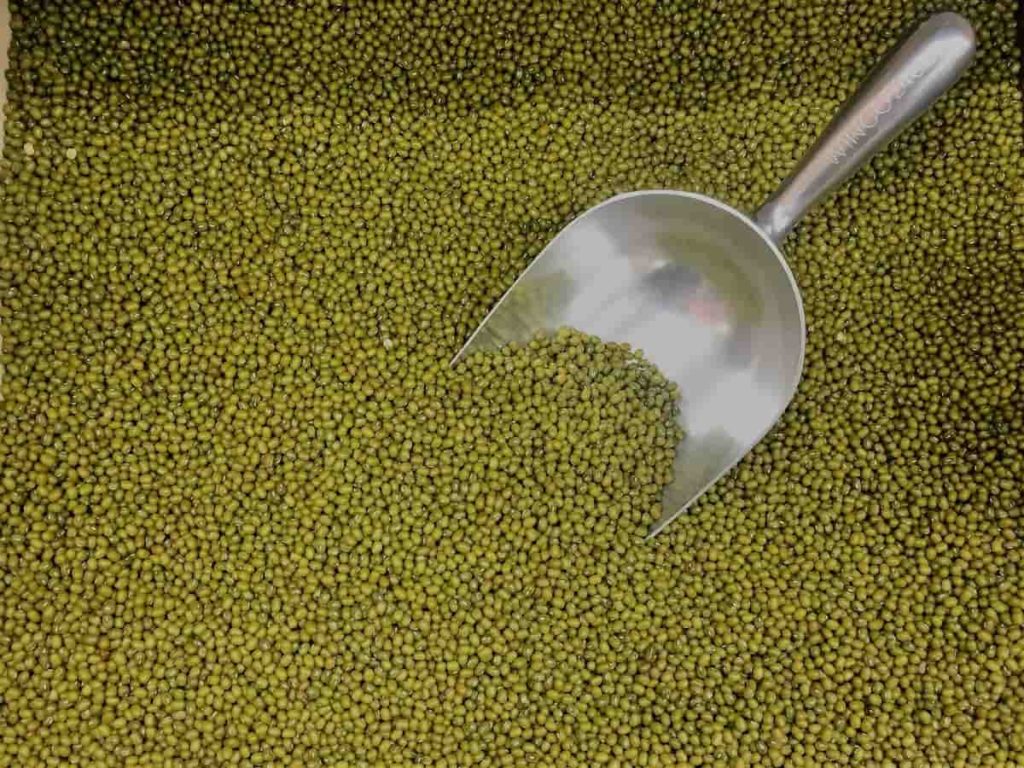
Fertilizer importance in Green gram
Fertilization is an important point when cultivating the Green gram crop. It has to do with the production and quality of Green gram and it also indirectly affects the income of farmers. Green gram production and quality can be improved by the balanced use of fertilizers and proper management of organic fertilizers. Green gram has high requirements for a balanced distribution of various trace elements like N, P, K and B, Mo, Zn, Mn, etc. Soil measurement and use of fertilizers are essential to achieve high and stable production requirements.
In Green gram, both nitrogen and phosphorus are essential nutrients for plant growth. The ability to produce them naturally significantly reduces the need for synthetic fertilizers and pesticides, as well as improves productivity. Fertilizers are chemical substances that are given to crops to increase their productivity. These farmers use it daily to increase crop yields. Fertilizers contain essential nutrients for plants, including nitrogen, potassium, and phosphorus.
Green gram gives low seed production and poor growth performance mainly due to low soil fertility and poor management. Nitrogen due to leaching and volatilization, phosphorus due to fixation may not be available properly in the flowering and pod formation stages of the crop and this results in the shade of flowers and pods. The crop requires more nitrogen during the reproductive phase, and nutrient excretion either slows down or stops due to root inactivation after flowering.
In case you miss this: Green Gram Seed Germination, Time Period, Process
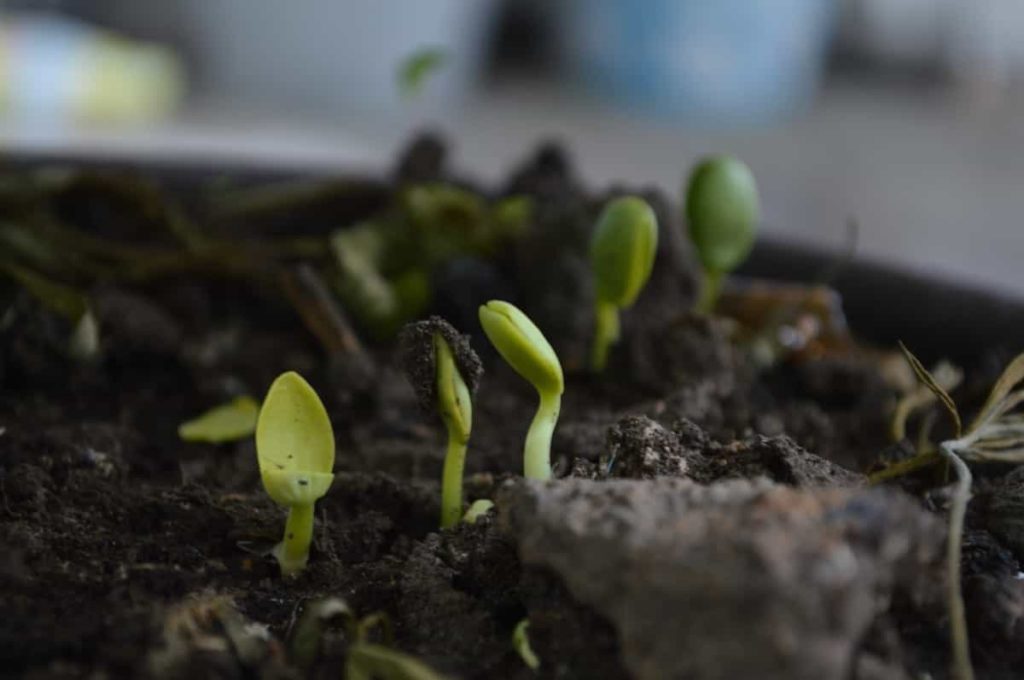
Increased supply of nitrogen and phosphorus significantly affected crop growth and production. The requirements of phosphorus, potassium, calcium, magnesium, and sulfur in this crop is similar to those of other legumes which must be met with the addition of fertilizer if the soil is deficient in these elements. Fertilize with 25-50 kg phosphorus (P2O5) and 25 kg nitrogen (N) at the time of sowing. Also, seed treatment with a biofertilizer like Rhizobium is beneficial at a seed rate of 25 grams per kg.
Best fertilizer for Green gram
Organic fertilizers
Organic fertilizers are broken down to improve the soil’s basic structure and increase its ability to retain water and vital nutrients for a longer period. Over time, regular and proper use of these natural fertilizers can result in healthy and strong plants. Although organic fertilizer can be more expensive than synthetic, it can reduce the need for pesticides and the overall need for nitrogen, phosphorus, and potassium. Due to the reductions, the cost of organic fertilizer can be neutral and sometimes cost savings.
Various organic nutrient sources such as FYM, vermicompost, pig manure, Rhizobium, and PSB (phosphate solubilizing bacteria) were reviewed to improve organic nutrient management for green gram in rainy conditions. Vermicompost is the best organic fertilizer which is the best treatment for Green gram crop production.
FYM or vermicompost – About 2-3 weeks before sowing with well-decomposed FYM @ 4 tons per acre or vermicompost @ 2 tons per acre with Trichoderma.
Tips for better use of fertilizers
- Fertilizer schedules should be based on soil tests.
- Fertilizers should be selected according to the soil reaction, i.e., acidic fertilizer for alkaline soil and basic fertilizer for acid soil reaction.
- Topdressing should be done after watering and weeding to minimize nutrient loss.
- Acidic soils should be treated with liming materials when needed.
- In the case of drylands, the top dressing should be done by spraying nitrogen fertilizer at the depth of fertilizer and foliar feeding of nitrogen (i.e., urea) along with the plant.
- Organic fertilizer or green manure should be added at least once in 3-5 years. Weed growth should not be allowed to grow in crop areas at any part of the year.
In case you miss this: Mung Bean Cultivation Income (Green Gram), Profits
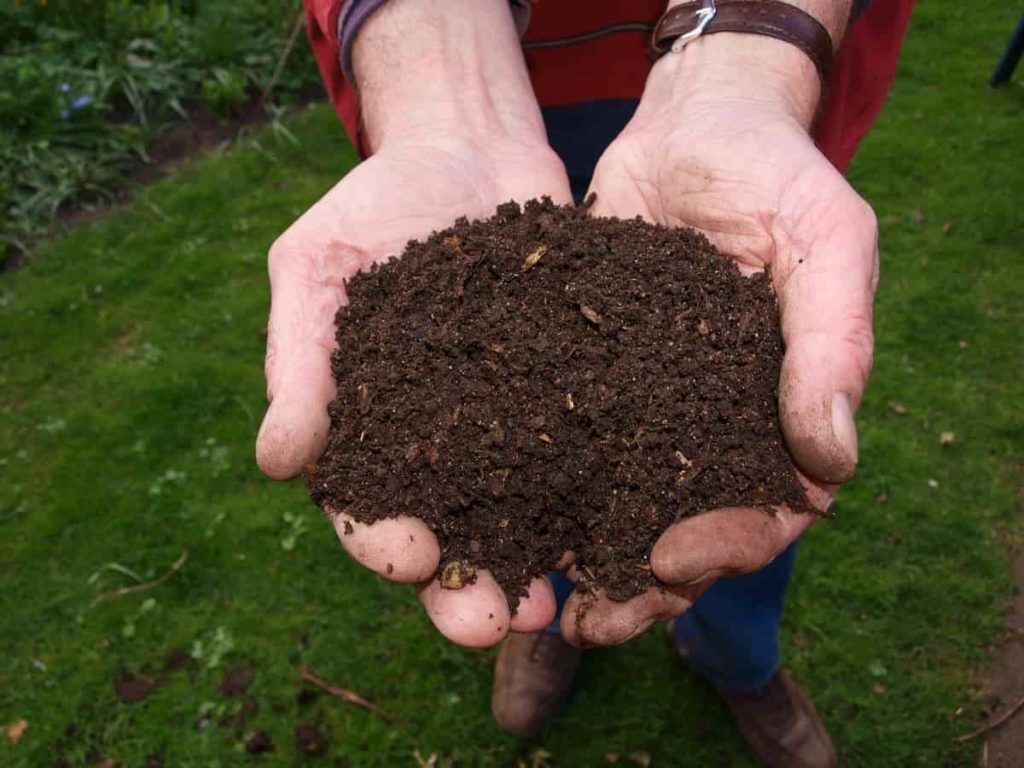
NPK fertilizer application
Symbol of Green gram with bacterium Rhizobium. Since gram fixes nitrogen, nitrogen fertilizer is low in quantity. Apply fertilizers basically before sowing
- For rainfed crop – 12.5 kg N + 25 kg P2O5 + 12.5 kg K2O +10 kg S/ha
- For irrigated crop – 25 kg N + 50 kg P2O5 + 25 kg K2O + 20 kg S/ha
Specific fertilization program in Green gram
Basic fertilizer
Organic fertilizer, which is supplemented by some instant chemical fertilizers. Typically apply 2 to 3 square meters of farmyard manure, 10 to 25 kg of diammonium hydrogen phosphate (maximum limit of hydrolyzed nitrogen below 60 ppm), and 0 to 10 kg of potassium sulfate.
Top dressing
This is the broadcasting of fertilizers, especially nitrogen fertilizers, in closely sown crops, to provide nitrogen to the growing plants in readily available form. This can be accomplished throughout the entire period from branching to harvest. Supplementary methods are pre-rain spraying and foliar spray. The principle of mastery is very small, N, P, K are balanced, spray 1.0% urea, 0.5% potassium dihydrogen phosphate, usually 10 to 15 days.
Use of micro fertilizer
Micronutrient fertilization is used for various reasons including;
- Soil erosion and long-term crop cultivation result in the release of micronutrients from the soil.
- Increased crop yields generally lead to higher rates of micronutrient removal in cereals and other harvested products, and
- Large-scale replacement of nutrient-rich fertilizers with mineral fertilizers has reduced the addition of micronutrients from fertilizer sources. Collectively, these factors have led farmers to question whether micronutrient fertilization may now be needed to meet the changing nutritional needs of crops.
In case you miss this: Green Gram Cultivation Information Guide
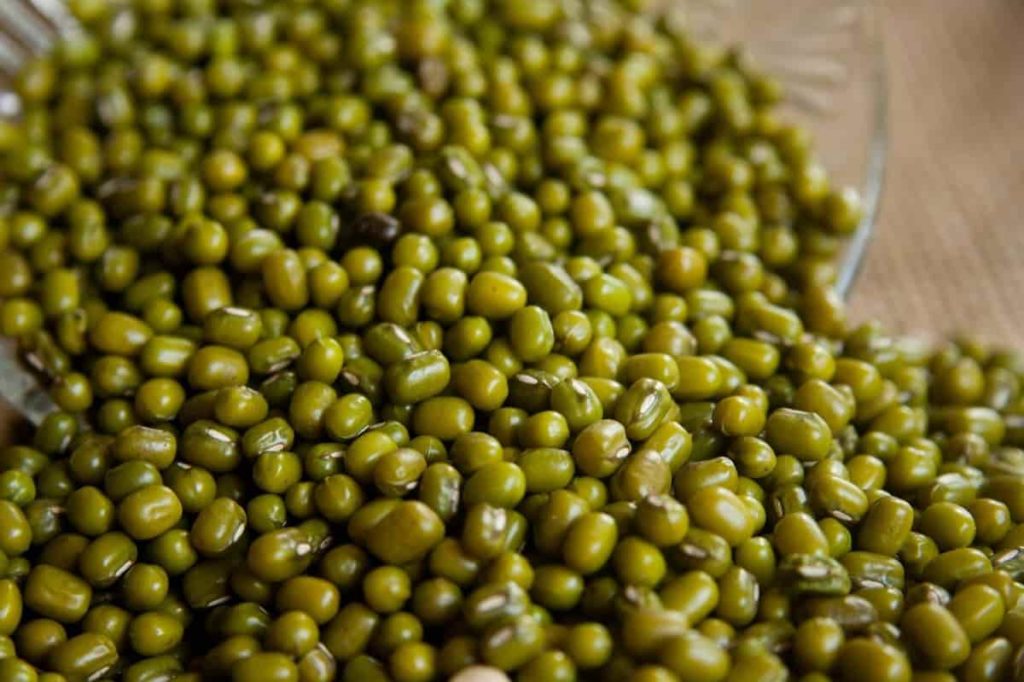
Green gram should focus on the use of micro-fertilizers, B, Mo, Zn. In general, soil content should be measured before deciding whether and how much to apply. Spray concentration is usually 0.1% to 0.3%.
Biofertilizers
For Green gram, 500 grams of Rhizobium culture is sufficient for seeds required for sowing in 1 hectare, i.e., 2.5 packets per hectare (since pack = 200 grams) and Green gram fixes 20 kg n / ha. Green gram is associated with VAM (Vesicular Arbuscular Mycorrhiza), which is a PO43-absorbent, absorbing large amounts of phosphorus.
When to fertilize Green gram crop
If the soil is alluvial and is rich in organic matter and nutrients. The crop is sown as a normal crop in early summer (January-February) and fertilizer is applied as recommended for the irrigated crop. In addition, nitrogen top dressing is done with urea with an additional dose of 25 to 30 kg. Since pulses are accustomed to indefinite growth and produce new flushes, the top dressing will be done 40-45 days after sowing.
Essential fertilizers
Green gram needs phosphorus, potassium, and some micronutrients like other beans. The amount to be added as fertilizer should be based on the level of a soil test. Organic matter content and expected production levels. Additional nitrogen is not required if the field is first vaccinated with a suitable rhizobium to determine nitrogen.
However, some farmers provide 30-50 pounds of N to help establish early plants, especially on sandy soils. Like most legumes, most of the nutrients are released at the end of the season, so starter fertilizers have not been very helpful.
In case you miss this: Organic Black Gram Farming -Production In India
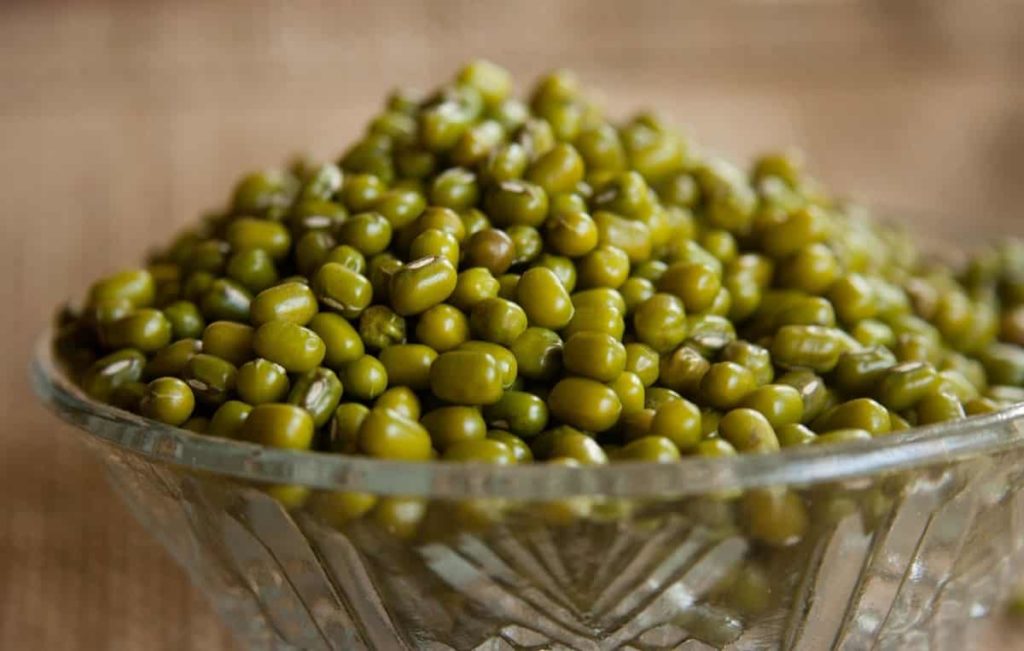
Nitrogen
Green gram is usually grown without the use of fertilizers. However, experiments conducted in different places have shown that the use of fertilizers can significantly increase the production of Green grams. Green gram reactions to N are usually absent or negative. Generally, an initial dose of 10-20kg N / ha is recommended. Reactions to Rhizobium Culture requests are quite variable. Answers are relatively higher in summer than in Kharif.
Green gram crops generally require a lot of nitrogen to get high yields. Although they are vaccinated to fix nitrogen, this nitrogen may not be enough to meet the crop’s needs. If nitrogen is required, the best way is to apply fertilizer at reasonable rates in advance to achieve the target yield.
It should be planted one to three months before the planting window to allow it time to nitrify, and then move the soil profile to the root zone where it is best for the Green gram crop. Farmers have every reason to invest in the success of their Green gram crop by testing the soil and providing the nutrients needed for maximum yield.
Phosphorus
Phosphorus is an essential nutrient for the productive capacity of pulses, and to maximize crop yields, adequate amounts of phosphorus must be provided in critical periods of demand in the form available to the plant. Phosphorus management practices that minimize environmental damage and maximize economic benefits for farmers are essential for maintaining a sustainable agricultural system.
The reaction of a Green gram to phosphorus is quite clear. Significant increase in Green gram production by using 80 kg P2O5 / ha and more crop reaction on red soils followed by laterite soils.
Potassium
Responses of a Green gram to potassium are negligible content in most of the Indian soils owing to the high potassium. Overall, 100 kg of Diammonium Phosphate (18-46-0) per hectare is recommended for Green gram. This fertilizer is relatively inexpensive in terms of nutrition and can provide the required amount of N and P to the crop. Fertilizer location (total quantity) should be determined at the time of sowing.
In case you miss this: Green Manure In Organic Farming – Role, Advantages
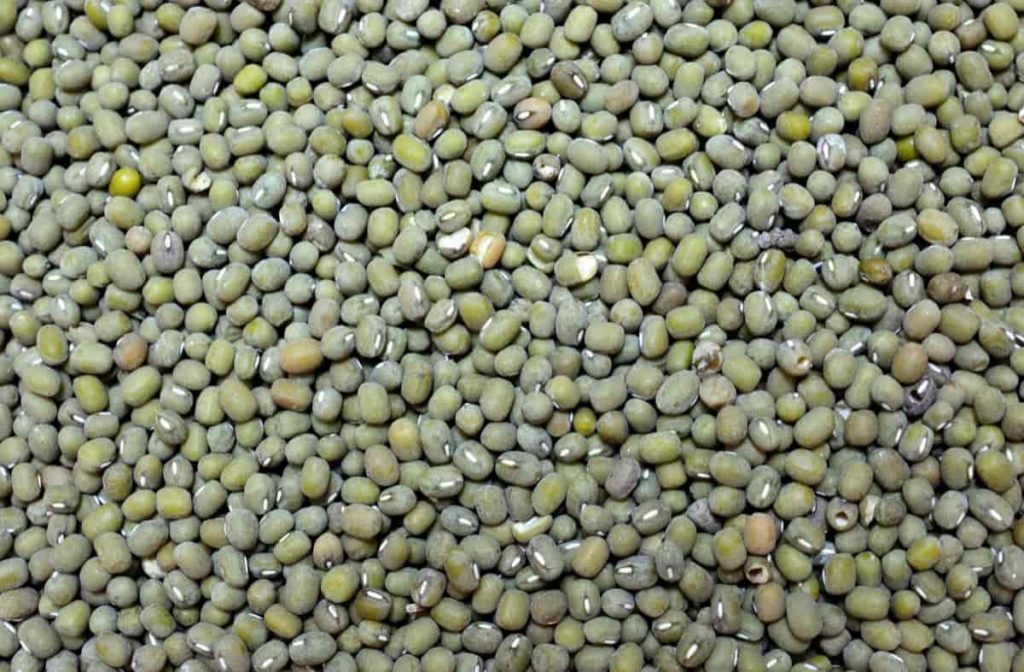
Symptoms of Potassium Deficiency – Yellow spots appear on the margins of the leaves and then these spots merge, leading to the yellow leaf. Dark spots will appear on the affected area. The main part of the address only shows symptoms of curling of leaves. The yellow color of the leaves appears from below and the upper leaves remain green the blue-green leaves are black to brown. Use of Murate of potash in the soil by spraying of 1% potash at flowering stage.
- Economical Aquaculture: A Guide to Low-Budget Fish Farming
- 15 Common Planting Errors That Can Doom Your Fruit Trees
- How to Make Houseplants Bushy: Effective Tips and Ideas
- Innovative Strategies for Boosting Coconut Pollination and Yield
- Pollination Strategies for Maximum Pumpkin Yield
- The Complete Guide to Chicken Fattening: Strategies for Maximum Growth
- Natural Solutions for Tulip Problems: 100% Effective Remedies for Leaf and Bulb-Related Issues
- Revolutionizing Citrus Preservation: Towards a Healthier, Greener Future
- Natural Solutions for Peony Leaf and Flower Problems: 100% Effective Remedies
- Maximizing Profits with Avocado Contract Farming in India: A Comprehensive Guide
- Natural Solutions for Hydrangea Problems: 100% Effective Remedies for Leaf and Flowers
- The Ultimate Guide to Choosing the Perfect Foliage Friend: Bringing Life Indoors
- From Sunlight to Sustainability: 15 Ways to Use Solar Technology in Agriculture
- The Ultimate Guide to Dong Tao Chicken: Exploring from History to Raising
- The Eco-Friendly Makeover: How to Convert Your Unused Swimming Pool into a Fish Pond
- Mastering the Art of Delaware Chicken Farming: Essentials for Healthy Backyard Flocks
- 20 Best Homemade Fertilizers for Money Plant: DIY Recipes and Application Methods
- How to Craft a Comprehensive Free-Range Chicken Farming Business Plan
- Brighten Your Flock: Raising Easter Egger Chickens for Beauty and Bounty
- How to Optimize Your Poultry Egg Farm Business Plan with These Strategies
- Subsidy for Spirulina Cultivation: How Indian Government Schemes Encouraging Spirulina Farmers
- Ultimate Guide to Raising Dominique Chickens: Breeding, Feeding, Egg-Production, and Care
- Mastering the Art of Raising Jersey Giant Chickens: Care, Feeding, and More
- Ultimate Guide to Raising Legbar Chickens: Breeding, Farming Practices, Diet, Egg-Production
- How to Raise Welsummer Chickens: A Comprehensive Guide for Beginners
- How to Protect Indoor Plants in Winter: A Comprehensive Guide
- Ultimate Guide to Grow Bag Gardening: Tips, Tricks, and Planting Ideas for Urban Gardeners
- Guide to Lotus Cultivation: How to Propagate, Plant, Grow, Care, Cost, and Profit
- Agriculture Drone Subsidy Scheme: Government Kisan Subsidy, License, and How to Apply Online
- Ultimate Guide to Raising Araucana Chickens: Breed Profile, Farming Economics, Diet, and Care
- Bringing Hydroponics to Classroom: Importance, Benefits of Learning for School Students
- Ultimate Guide to Raising Polish Chickens: Breed Profile, Farming Economics, Diet, and Care
- Ultimate Guide to Raising Australorp Chickens: Profile, Farming Economics, Egg Production, Diet, and Care
- Silkie Chicken Farming: Raising Practices, Varieties, Egg Production, Diet, and Care
- Sussex Chicken Farming: Raising Practices, Varieties, Egg Production, Diet and Care
- Homemade Feed Formulations for Livestock: Discover Cost-effective Starter to Finisher Feed Recipes